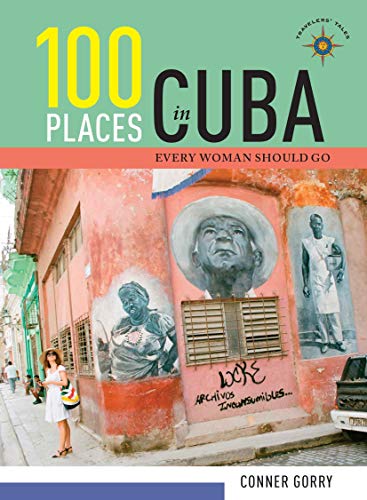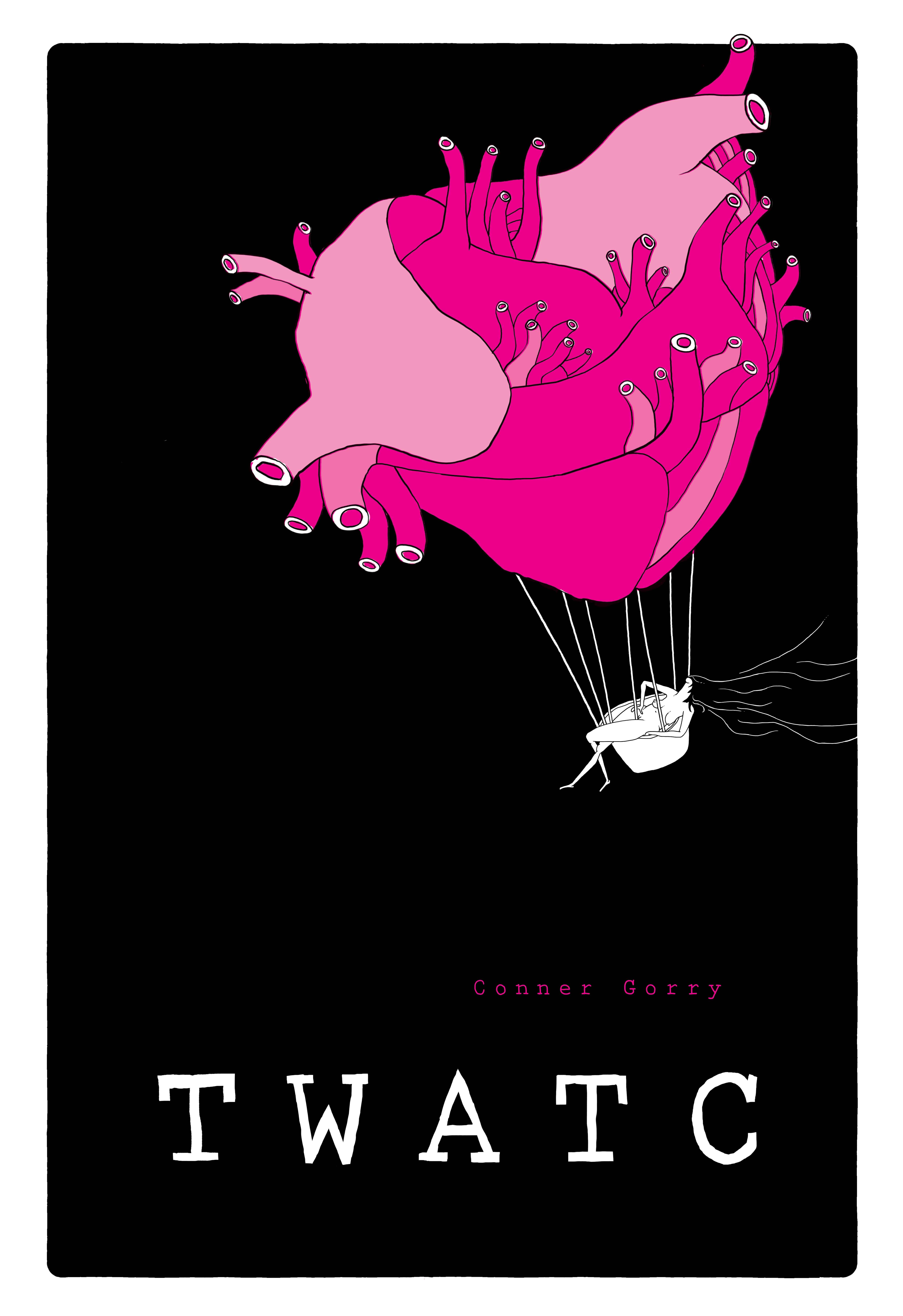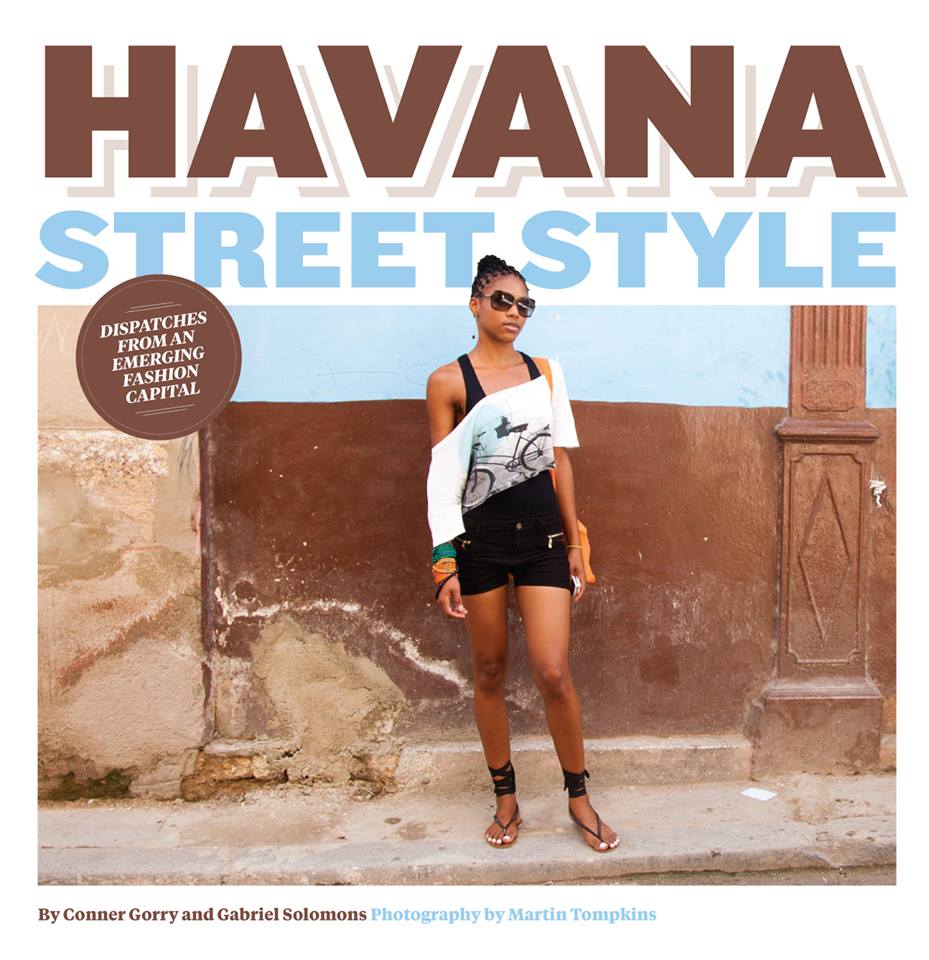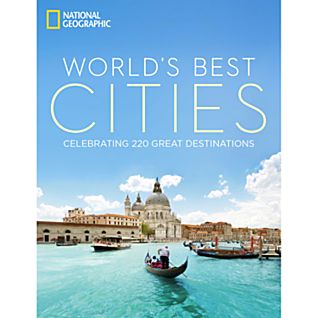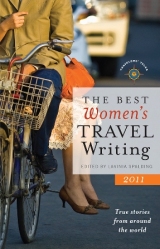[tweetmeme source=”connergo” only_single=false]
Hola & Happy July 26th!
Maybe you’ve noticed I’ve been on a bit of a hiatus – ‘recharging the batteries’ as we say on this side of the Straits – and more importantly, trying to get my act in gear to write, to bite off the rest of my forthcoming book. Aiming to strike while the iron’s hot and all that.
In the meantime, some bloggers way more sophisticated than your humble, slogging-through-dial up protagonist, have invented this clever game of virtual tag whereby they tag Here is Havana making me “it,” inviting me to excavate oldie, but goodie posts that warrant reading.
These are not just pedestrian travel bloggers looking for free junkets and working the ad sense angle, but fabulously well-traveled women who have lived in Chile (in the case of Margaret over at Cachando Chile) and Moldova (in the case of Miss Footloose over at Life in the Expat Lane). What’s more, these chicks can write! I highly recommend checking them out. Also a big shout out to Camden of The Brink of Something Else for nominating Here is Havana (check out the killer shot of Havana taken from Regla – tagged as TBSE’s most beautiful post).
The categories were selected by whomever invented the game and include the “most beautiful,” “most controversial,” and “most overlooked” posts, among others, crafted over the two years of Here is Havana’s life. Have a click around, share with friends, spread the word…
Most beautiful: This was intended to be Chapter 1 of my book Here is Havana, but life has taken a left turn (as tends to happen here) and the book now has a life of its own (i.e. more a chronicle and a memoir than E.B. White’s Here is New York – my original inspiration). Any feedback on this would be greatly appreciated!
Most popular: My most popular post is actually my ‘About’ page but since that’s kind of flojo as we say in my neck of the woods, I suggest also checking out my second-most popular post about the wacky way Cubans speak.
Most controversial: The reaction to this post about Cuban fashion really surprised me – people came out with their elbows sharpened! Despite some of the wide-of-the-mark pop psychology, some of the comments are intriguing. See what you think…
Most helpful: This is a weird kind of category because what may be helpful to you, isn’t necessarily helpful to someone else, and what readers find most useful probably wasn’t the most useful to me (for those interested: the most helpful posts to me are those that help tease out the niggly snarls of cross cultural living, like this one about a visit to the USA and how it messes with my head and this one about always being on the outside looking in. These are closely followed by those posts trying to help me understand evolving Cuban reality, like the capitalist changes underway at present).
Clearly, though, tips for travelers to Havana and how to form a line in Cuba are among my most helpful posts for the general reading public.
Surprisingly successful post: Hands down, this is my post on dying in Cuba, Part I & Part II. There’s a real sadness to this ‘success’ – judging from search terms and other analytics, the folks that are searching on this term are family members living outside of Cuba who lost loved ones inside Cuba and are trying to figure out how to deal with the practicalities of that loss.
Post that didn’t get attention it deserved: At the beginning of 2010, as the wheels of change lurched along their inevitable track, I wrote about what Cubans were thinking, feeling and experiencing and how all these confusing emotions and intellectual gymnastics were affecting behavior. Worth a revisit – especially for those in faraway lands wondering: what the hell are they thinking over there?!
Post I’m most proud of: On the last day of February, 2010, I landed in Port-au-Prince with members of Cuba’s Henry Reeve Emergency Medical Contingent for a stint covering their earthquake recovery efforts in Haiti. For a month, I lived in a tent in their central camp in Port-au-Prince, with no running water, electricity only a handful of hours a day, crippling heat, and an internet connection 1,000 times more frustrating than my dial-up in Havana. Talk about learning experience….
TAG! Now, you’re it:
Bacon is Magic: HIH readers know I’m a chicharrones addict, so simply the name of this blog enamors, but Ayngelina also calls Guatemala “the most underrated country” after only a week. Sharp girl!
Fevered Mutterings, The Art of Unfortunate Travel: Funny, pull-no-punches mutterings by Mike Sowden.
Modern Gonzo: Robin Esrock has lots of companies sponsoring him, his own TV show, and is so well-traveled, he could be one of those ‘been there, done that’ assholes, but in fact is a totally cool, accessible, and down-to-earth guy.
Roving Gastronome: Mexico, Morocco, Queens, Cuba – Zora O’Neill, travel writer, cookbook author, and dinner party hostess-with-the mostest, takes you there and makes sure you eat well.
This Cat’s Abroad: Not updated nearly often enough for the talent and chutzpah exibited, this blog delivers a unique perspective by a woman living in Iraq (and now Kurdistan).

